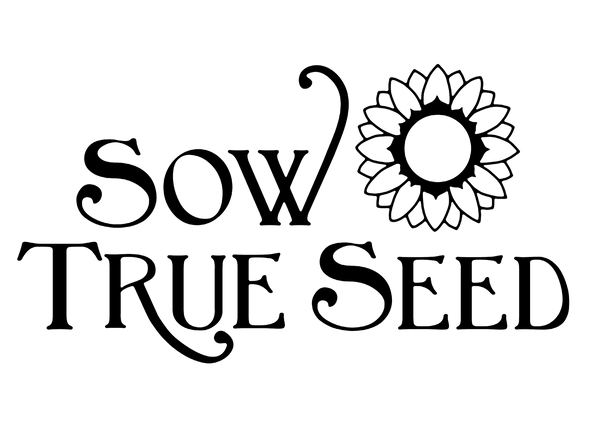Asparagus Bean Seeds - Red Podded, ORGANIC
$3.25
Vigna unguiculata
Direct seed into the garden after all danger of frost has passed. Asparagus beans will need full sun and well-draining soil. Provide a trellis for these beans, as they can reach six to eight feet in height. Water well to ensure good germination. Once germinated, asparagus beans will need at least an inch of water per week. Consistently harvesting the pods will result in a long harvest window. Annual.
- Product Information
- Growing Information
- Seed Saving
| Min. Seeds/Packet | Packet Weight | Planting Season | Planting Method |
| 40 | 10 g | after last frost | direct seed |
| Seed Depth | Direct Seed Spacing | Soil Temp. Range | Days to Sprout |
| 1" | 2-3" | 60-80 ℉ | 8-16 |
| Mature Spacing | Sun Requirement | Frost Tolerance | Days to Harvest |
| 4-6" | full sun | frost-sensitive | 60 |
Asparagus beans flourish in the summer heat. Plant them after all danger of frost has passed.
Asparagus bean seeds sprout and grow best in warm weather, and need a long, warm growing season (at least 75 days of frost-free weather). Plant seeds in loose and well-drained soil. Choose a spot that gets full sun; some afternoon shade in hot summer areas is okay. Don’t grow where legumes (peas or other beans) have grown the previous year. Beans don’t need overly-rich soil, but appreciate some extra compost at time of planting.
Beans, as a general rule, should be direct sown in the garden. The root systems of beans are shallow and grow best when undisturbed. Plant seeds 1 inch deep with the ‘eye’ facing down. Space beans 3-4 inches apart.
Asparagus beans are happiest when growing up, and will easily climb 6 to 8 feet or more. Plant bean seeds at the base of a trellis or cattle panel with plenty of straight vertical supports. Put supports in place at planting time to avoid disrupting roots of growing plants. Allowing beans to grow vertically makes harvesting easier, and keeps the plants healthier and less prone to being eaten by critters.
Although called “yardlong” beans, harvest the beans when they are between 10-12 inches long for best flavor. If the pod becomes soft or spongy, you’ve waited too long; the beans inside the pod are developing and the pod’s flavor changes.
To harvest the beans, twist the bean off the vine rather than pulling. Asparagus beans are usually produced in pairs at the terminal bud. Twisting off the beans will leave the vine intact and ready to produce more beans.
Noodle beans grow fast and should be harvested often. Keeping beans picked encourages more production. Leaving plants on the vine signals to the plant that its job is about over, and it slows down production.
Bean- Asparagus, Vigna ungulculata
Pollination, self; Life Cycle, annual; Isolation Distance, 20 feet
Cross-pollination is rare with beans, but it is prudent to not grow different varieties next to each other to avoid the risk. Earmark a couple of plants at the beginning of the season for seed saving. To encourage optimal pod development, water very little and don't feed the seed plants, nor pick any pods from them to eat. At the very end of the season, pick the pods when they have turned crisp and brown. Some varieties will shatter –meaning the pod will split open to disperse the seeds- so keep an eye on your seeds' progress and harvest accordingly. With smaller varieties, the whole bush can be uprooted and hung upside-down for drying. The seed inside the pod should be hard. Dry the pods in a well-ventilated place, clean and winnow, and store.





